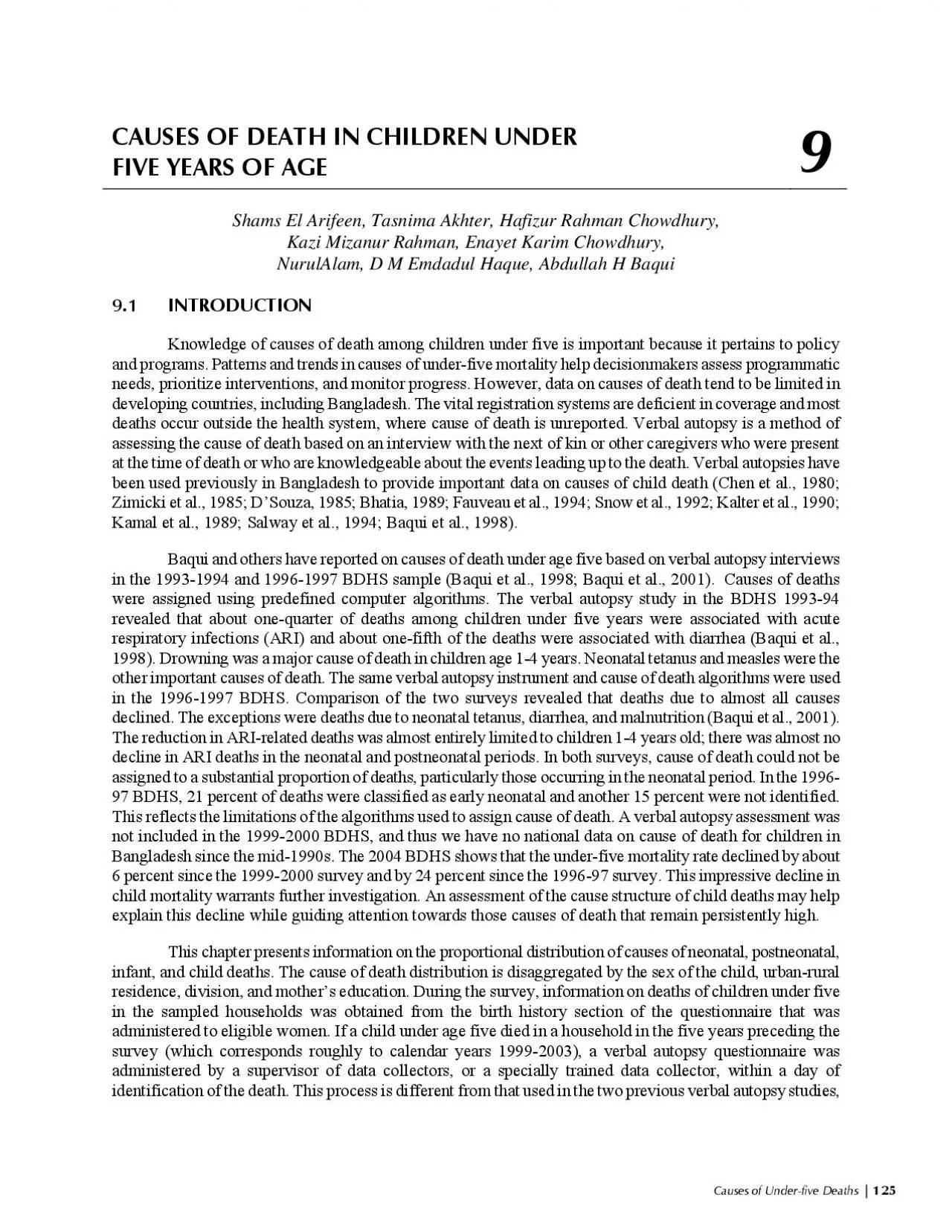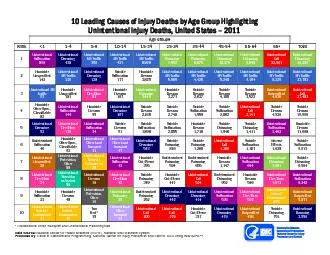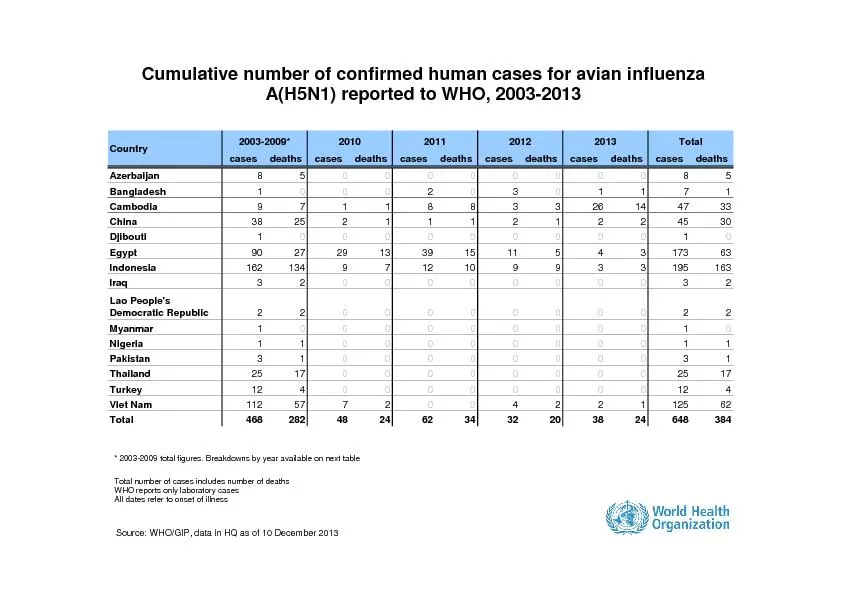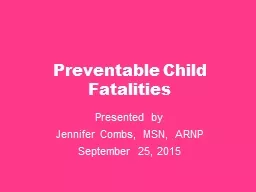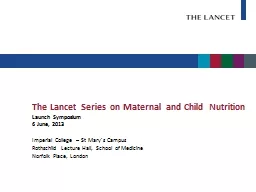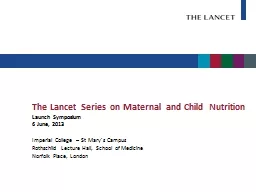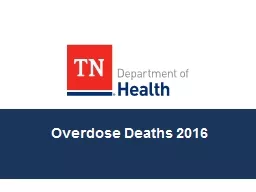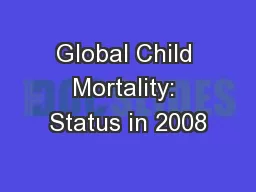PDF-Causes of Underfive Deaths nonneonatal deaths if the child had diffi
Author : murphy | Published Date : 2022-08-21
Source Baqui et al 1998 Baqui et al 2001 Diarrhea for neonates was assigned if frequent liquid or watery or loose or soft stools or diarrhea was reported with a
Presentation Embed Code
Download Presentation
Download Presentation The PPT/PDF document "Causes of Underfive Deaths nonneonatal d..." is the property of its rightful owner. Permission is granted to download and print the materials on this website for personal, non-commercial use only, and to display it on your personal computer provided you do not modify the materials and that you retain all copyright notices contained in the materials. By downloading content from our website, you accept the terms of this agreement.
Causes of Underfive Deaths nonneonatal deaths if the child had diffi: Transcript
Download Rules Of Document
"Causes of Underfive Deaths nonneonatal deaths if the child had diffi"The content belongs to its owner. You may download and print it for personal use, without modification, and keep all copyright notices. By downloading, you agree to these terms.
Related Documents

